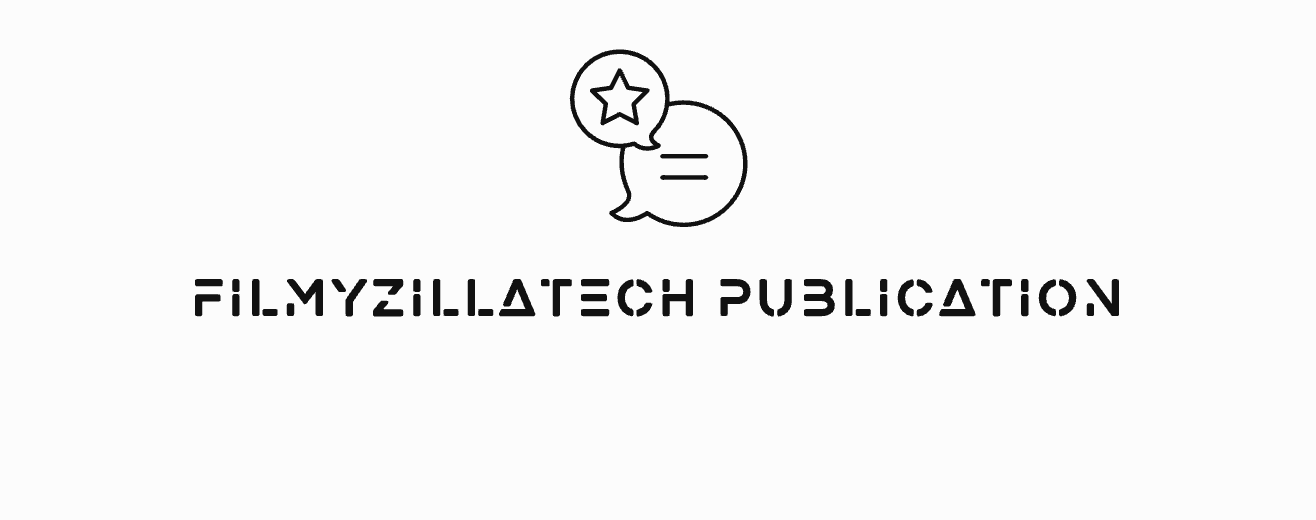Have you ever investigated a dip in your company’s revenue and couldn’t find a clear reason? You may have a case of revenue leakage. Understanding what this term means, the impact it has on your business, and how to address it is crucial for maximizing profits. This article will guide you through the intricacies and help tackle this financial challenge.
Unraveling the Concept of Revenue Leakage
At its core, the definition of revenue leakage refers to the uncollected revenue that companies should have earned. It’s often unnoticed within the cash flow because it’s not technically lost; it’s more like unrealized profits.
Revenue leakage can occur in any part of the business where revenue realization and collection happens. This may include marketing, sales, invoicing, or customer success. It differs from profit leakage, which typically results from internal inefficiencies or operational issues that drain profitability.
Many businesses don’t recognize revenue leakage because it’s not an immediate, noticeable loss. It involves the gradual seeping of potential revenue over a period of time.
Coming to grips with this financial phenomenon is essential for companies aiming to maximize revenue and ensure sustainable growth. Spotting and plugging revenue leakage can significantly contribute to financial health and profitability.
Causes of Revenue Leakage in Businesses
ALT: Financial analyst working on a laptop, analyzing company expenses and revenue streams
The causes of revenue leakage vary across industries and individual businesses, but several common factors can be pinpointed. A disjointed sales process, for instance, can lead to lost opportunities and subsequently, lost revenue.
Another major cause is poor pricing strategies. Underpricing and over-discounting products or services often lead to revenue leakage. On the other hand, overly aggressive pricing can also result in lost sales and decreased income.
Inadequate collection procedures can give rise to revenue leakage, too. Delays in invoice generation, lax follow-ups on overdue payments, and inefficient reconciliation processes can all lead to uncollected revenue.
Understanding these causes can help businesses identify where they might be losing revenue and devise appropriate strategies to address these leaks.
Impact of Revenue Leakage on Business Profitability
The impact of revenue leakage on businesses is enormous, especially on profitability. While a small percentage of lost potential revenue might not seem like much, over time, these small leaks can aggregate into a substantial amount, affecting the overall revenue picture.
Moreover, the funds lost through revenue leakage could have been reinvested back into the business. This means that not only are companies losing out on revenue, but they’re also losing potential growth opportunities.
Revenue leakage can also affect the company’s valuation. Investors, stakeholders, and potential buyers pay keen attention to a company’s revenue generation; therefore, any unguarded leakage can weaken the business’s position in the market.
Altogether, companies need to pay serious attention to potential revenue leaks to maintain and increase profitability.
Techniques to Identify Revenue Leakage
ALT: Digital graph on a computer screen showing a decline in revenue, indicating leakage
Identifying revenue leakage requires a thorough examination of your company’s operations and the implementation of robust tracking measures. Regular auditing is one of the most effective techniques to spot revenue leakage.
Businesses can also use advanced data analytics and tracking software to identify patterns and find potential risk areas. Metrics like the collection rate, average time to payment, and price realization rate can provide useful information about potential leaks.
Another good technique involves systematically reviewing contracts and negotiation processes. Businesses may lose significant revenue due to poor contract management or by failing to renegotiate contracts over time.
Effective, proactive communication with customers can also help identify potential revenue leakage areas. Consistently querying customer experiences, expectations, and behaviors can often reveal hidden leakages.
Best Practices for Preventing Revenue Leakage
Prevention is always better than a cure, especially when it comes to revenue leakage. Implementing effective pricing policies and strategies is a great first step.
Automating the billing system can help in minimizing human errors that often result in revenue leakage. This includes avoiding mistakes in invoice generation and ensuring timely follow-ups on overdue payments.
Companies should train their staff to understand the importance of revenue leakage and how to prevent it. A well-informed team can identify possible leaks and implement measures to prevent losses.
Audit routines and periodic reviews should be part of preventative measures. Unethical business practices and fraud can also be detected early through such practices, thereby averting potential losses in revenue.
Overall, businesses must proactively address revenue leakage to optimize profitability. By understanding its causes and impacts and the ways to identify and prevent them, businesses can ensure they are on a path to sustained, healthy growth.





